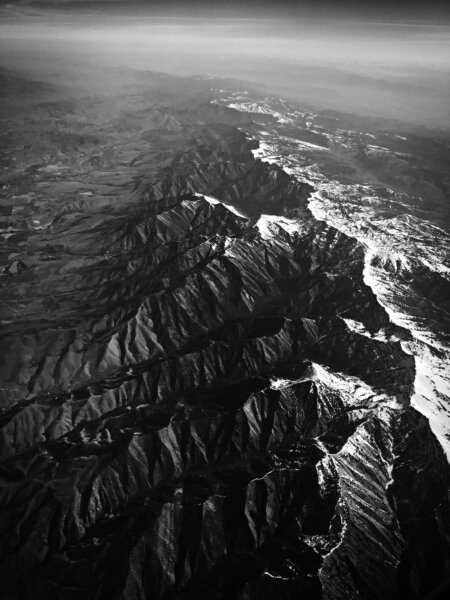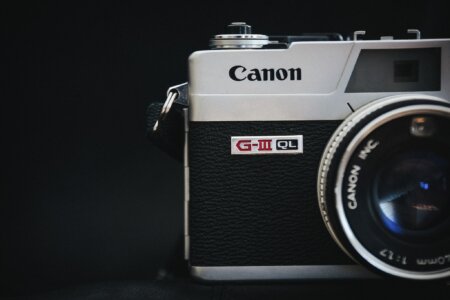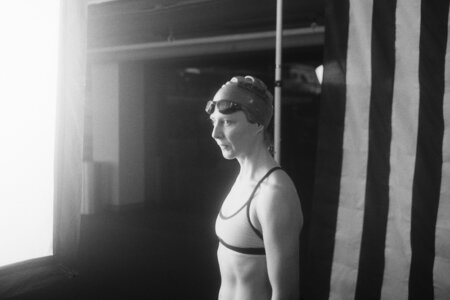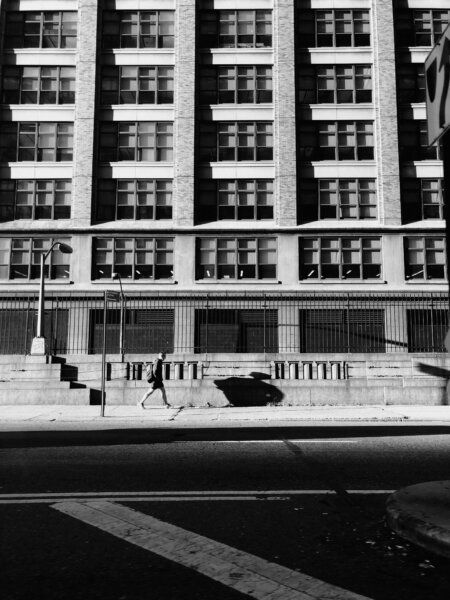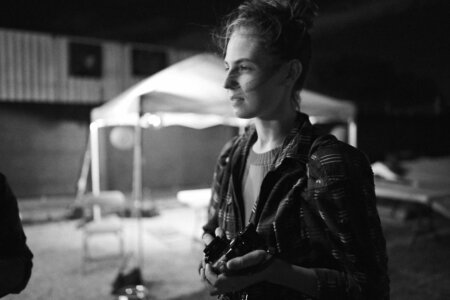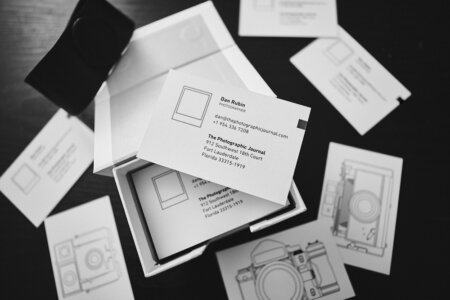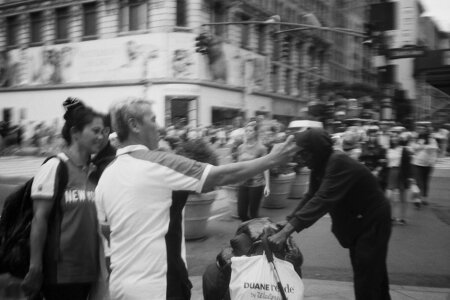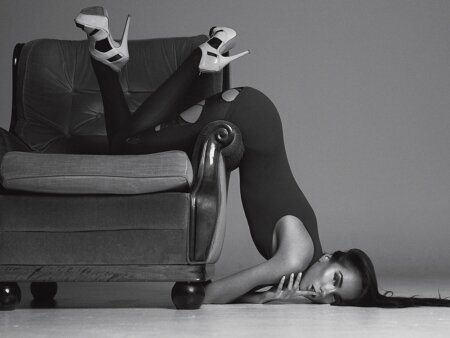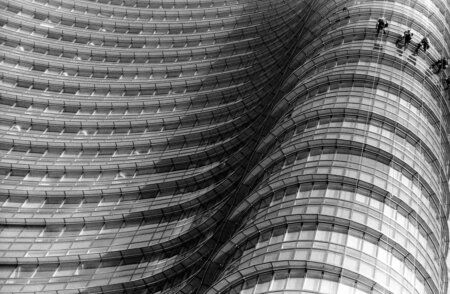This is going to sound a bit odd, I mean how the heck are megapixels and black and white correlated? Does it have to do with details? Well, no; not really. Instead it has to do with the capabilities of your camera sensor and more often than not, lower megapixel cameras aren’t as capable when it comes to editing. Lower megapixel cameras are great when it comes to high ISO output. But with higher megapixels, you often get great dynamic range and colors. Believe it or not, that’s exactly what you want and need here.
An inspiring documentation of the monochrome lifestyle
Tagged images
5 Things That Black and White Does for a Photo That Color Can’t
Black and white photography is seeing a revival in all fields. Photographers who really like the idea of working with shapes, tones, and like to be very specific about their scenes have found that black and white is really perfect for them. In times past, photographers mostly used black and white as a way to…
An Argument for Shooting Your Photos in Black and White JPEGs
So why not just get that in-camera to begin with?
How to Create Light That Isn’t There When Editing a Black and White Photo (Premium)
One of the toughest things to do for many photographers is learning how to light; some people never learn how to understand it while others simply just have no interest in it. But the good news is that at least when it comes to black and white photography, you can get away with it a bit more. Further, you can also create light that will look good in the scene and worry about it just a tad less. You just need to be a bit observant.
How Much Clarity and Sharpness is Too Much Clarity and Sharpness in Black and White Photography? (Premium)
I think we’ve all seen it: photography that follows a simple recipe. It’s in the black and white world and it goes something like this: convert to black and white > raise clarity > raise sharpness > raise contrast > export. Sometimes they’re done well, but more often than not that’s very rare. Most of the time the images look like tacky digital simulations due to people not understanding light and exactly what’s going on. All of this has its roots in the film days.
Black and White Photography is Truly The Best Way to Embrace Image Noise And You Shouldn’t Be Ashamed About it
…in that way, you can cover up or embrace those flaws that others may be distracted by with a simple conversion to black and white.
How White Balance Effects Editing a Black and White Photo
Who would’ve ever thought that white balance is something that’s so very important to an image and especially so in black and white? Believe it or not, most people wouldn’t think so. They’re perfectly content with going along with whatever the camera gives them in auto. Even further, many folks never even care to edit their white balance. White balance can surely affect the colors in an image but they’ll really affect the way that the tones in black and white photography works out too. We’re going to show you how white balance can greatly alter your black and white image and the theories behind it.
Compact, Fixed Lens Rangefinders for the New Film Photographer (Premium)
Want a rangefinder camera without a whole lot of complications? Look no further.
A Rangefinder Won’t Necessarily Make You a Better Photographer
Creative vision is what matters in the end no matter what the internet may tell you about rangefinder cameras.
The Smartphone Photography Apps That You’re Probably Not Using but Should (Premium)
Anyone that has done smartphone photography before in the past knows that the secret to outputting better photos isn’t in the shooting process necessarily but in the post-production process. With that said, you’ll need the best apps that you can get your hands on to do something better. Unlike actual, dedicated cameras, everything with a smartphone is done via software of some sort. Everyone obviously knows about and uses Instagram, but if you’re not exploring other options then you should strongly consider these.
Creating the Decisive Moment: Leading Lines in Street Photography
The decisive moment is one in street photography that is often spoken about being captured, but it can also be created.
Silver Gelatin Photography: The Medium That Changed the World
“Silver gelatin photography changed the world by democratizing photography.”
Papers that Every Photographer Serious About Printing Should Try
The best experiences for printing really come when you do it yourself. It’s really convenient to have CostCo, Adorama, or other services print for you. But they offer a very sort of standard type of paper. In fact, if you looked at what company sells the most paper in America, it would be Fujifilm. Fujifilm? Really, you say? Yes. Go to any pharmacy and get your images printed, they’ll be done on a Fujifilm glossy paper. Fujifilm for sure gives the absolute standard for what you get from most kiosks of some sort. But if you’re looking for a different look, it can be a bit confusing. So here are some of our favorite papers.
The Photographer’s Guide to Creating Business Cards That Stand Out (Premium)
The secret to better business cards is not only about having meaningful conversations.
Matte vs Glossy Paper: What Should You Print on (Premium)
If you’ve ever had prints made or seen them, then chances are that they’re all from the same Fujifilm paper used by Walgreens, Costco, Duane Reade, etc. That’s a glossy paper and that’s what people are so used to seeing. I’m going to tackle glossy in a bit. But first, I should really emphasize and talk about matte paper. Instead of these pharmacy prints, you should liken matte paper more to the types of paper that one would typically write on. Even then, matte paper isn’t really done a whole lot of justice by saying that.
How Ilford Delta 400 Became My Favorite Film for Street Photography (Premium)
“For the first time, I had felt betrayed. Years and years of an industry and marketing teaching me that Kodak Tri-X 400 was the absolute best and that there is no reason for you to go out there and try anything else.”
My Love/Hate Relationship with Ilford HP5 Plus 400 ISO Black and White Film (Premium)
“Why someone told me that it’s a great film for street photography is honestly a bit beyond my comprehension.”
Using Ilford Disposable Cameras for Candid Photography (Premium)
If you’re reading this post, there are strong chances that you remember disposable cameras. My mother, who wasn’t that tech savvy at all, turned to them often when her Olympus camera broke. My college graduation was photographed on one in 2009 when I and many others had switched to digital point and shoots. My parents used them at events. So did my aunts and uncles. I always remember how fun they were–small, portable, and almost never reloadable until Lomography created their own reloadable versions earlier this year. So it was a complete blast from the past when I decided to try out Ilford’s disposable cameras.
Oliver Moosus: The Diversity of the Human Face
“Capturing a person’s life and personality through a photograph is such a wonderful challenge…”
Davide Marcelli: Kodak Tri-X in the Pursuit of Art
“I started use Tri-X three years ago, and I literally fell in love with that beautiful grain.”




